Raising The Ultra-Wide Bar
I have to confess at the outset something unusual for a landscape photographer, I’ve never been much of a fan of ultra-wide lenses. In part this is because ultra-wide landscapes are difficult to compose, but mostly it’s that I’ve never worked with a truly sharp lens below 24mm. I’m sure there are a few out there, just not ones that have passed my way. Consequently, my expectations for the new Zeiss Batis 18mm were tempered by past experience. As you might guess by the article’s subtitle, the new Zeiss changed my mind. It is flat out one of the sharpest lenses I’ve ever used, resolving down to the pixel level across most of the frame, falling off slightly toward the extreme corners. Now that you’ve read the conclusion, let’s dive in and get to know the Batis 18mm a little better. All tests and sample images were done on a Sony A7RII camera and shot at 42 megapixels in both RAW and JPEG.
Design
The Zeiss Batis f2.8 18mm is the third lens in the Batis line, designed for Sony FE mount cameras. The Batis 18mm is a pinnacle of minimalist design. There are no switches or markings other than the lens designation. Even the focusing ring is smooth rubber, devoid of the ubiquitous ribbed controls on other lenses. The focus and depth of field scale, should you choose to activate it, is a simple white OLED embedded flush into the lens housing. In all, the Batis lens redefines elegant simplicity in industrial lens design. The build quality and handling are what you would expect from Zeiss, refined and top shelf. Manual focusing is butter smooth and has a precise feel, despite being a focus by wire system. Beneath the surface, there are 11 elements in 10 groups, 7 of which are either aspheric, special glass, or both. The design is based on Zeiss Distagon lenses, which have a long back focal distance. In other words, the distance between the rear element and the focal plane is much longer than the lens focal length. This means the light rays will strike the sensor corners at a less acute angle, increasing corner sharpness. The Batis 18mm seems to have succeeded in this respect. Given the 99 degree diagonal field of view, this a quite an accomplishment. The specs below will fill you in of the rest of the technical details.
Operation
Owing to its minimalist design, operating the lens in the field is a largely simple and intuitive process. Autofocus in single autofocus mode (AF-S) is precise and fast, on par with other native Sony and adapted Canon lenses I’ve tested. I did, however, notice that in continuous autofocus mode (AF-C), the lens would occasionally hunt and be unable to lock on to a stationary subject. This may be due to a combination of the extremely wide field of view and very large depth of field. Indeed, critically focusing the Batis 18mm manually is almost impossible, even with magnified live view and focus peaking turned on. The details are so small and the depth of field so large that it’s difficult to tell when something is at its sharpest. That said, the hybrid autofocus of the A7RII, when in AF-S mode, did a good job and I have yet to see any misfocused images. The Batis 18mm is not image stabilized, as few lenses are at this focal length. But the in camera stabilization in the Sony took care of any camera shake on the few handheld shots in this test.
The lens is surprisingly light and compact for an ultra-wide. It feels right at home on the diminutive A7RII body. As a system, it’s well balanced and easy to carry around. Having a maximum aperture of f2.8 certainly helps with size and weight. Unfortunately, the maximum aperture is a bit slow for astrophotography, where f2 or even f1.4 lenses are preferred. The front lens element doesn’t protrude very far and 77mm front filters can be used on this lens. It’s best to stick with thin profile filters to avoid vignetting. With the Batis 18mm, Zeiss has struck a nice balance between focal length, aperture, size, weight, and the ability to use front filters. The lens is a pleasure to use.
Like the rest of the Batis lens line, the 18mm is weather sealed and should handle light rain admirably. As you can see by some of the sample photos, the weather sealing came in handy during my time with the lens. Neither the lens nor the camera showed any adverse effects after spending several hours out in a light, but constant drizzle. The one cautionary tale is that even the smallest water drops on the lens will show in your images because of the tremendous depth of field at such a short focal length. For landscape work with an ultra-wide lens, having a prominent and very close foreground is paramount. This means stopping down to increase the depth of field yet further. While I kept the lens cap on as long as possible and used an umbrella whenever a hand was available, a few images still showed the blurred outlines of tiny rain drops.
Image Quality
Making large prints of wide landscapes begs for sharp and detailed images. The Zeiss Batis 18mm delivers with aplomb. Images are pixel sharp over most of the frame right from wide open. There is some fall off of sharpness in the extreme corners, but it’s still as good as it gets at this focal length. The lens continues to improve very slightly in the center and more noticeably in the corners until f5.6, after which diffraction starts to slightly degrade fine detail. By f16, diffraction is noticeable but not objectionable, and I wouldn’t hesitate to use that aperture when extreme depth of field is necessary. Stopping down to f22 makes the lens seem just average and should be avoided, if possible. My copy of the lens was ever so slightly softer on the left side, but it requires pixel peeping to see it. With a test sample size of one lens, I cannot comment on sample variation. Overall, the edge to edge sharpness of the Batis 18mm is quite stunning and has made a believer out of me. The MFT curves from Zeiss are from measured data of real lenses rather than the theoretical curves published by most other manufacturers. Since there is a significant difference between theoretical and measured MTF curves, this makes the Zeiss curves all the more impressive.
Lens aberrations, including vignetting, distortion, chromatic aberration, and flare are well controlled. Vignetting with the lens wide open is about 1.5 stops in the corners, and reduces to less than a stop by f5.6. This is a good result for an ultra-wide lens. Distortion is about 0.5% and is a complete non-issue for landscape work. The few interior and architectural shots I made with the lens showed very little distortion, and would be easily correctable in post processing. The Batis 18mm is certainly suitable for interior and architectural work. Chromatic aberration is also well controlled and difficult to find in the test images, regardless of aperture. If you look for it, there is a small amount of purple fringing at high contrast boundaries near the frame edges, again easily correctable in post. Since the only completely clear skies I had during my time with the lens was a night, my flare test was limited to the moon. I found that flare is certainly present, though not objectionable. Shooting the night sky did, however, reveal some weakness in the lens. Wide open, the lens shows both coma and astigmatism in the corners. Neither is severe, but they are present none-the-less. Stopping down to f4 eliminates much of the astigmatism, but the coma remains noticeable. These aberrations, combined with the lens’ f2.8 maximum aperture, make the Batis 18mm a serviceable, though not ideal lens for astrophotography. Of course, designing an f2 lens and reducing coma would have entailed other compromises, not the least of which would be making the lens much larger and more expensive. On balance, I think Zeiss has chosen to make compromises in the right areas so to bring to market an ultra-wide lens for the widest audience. Continue on the next page to see sample images and my conclusion.
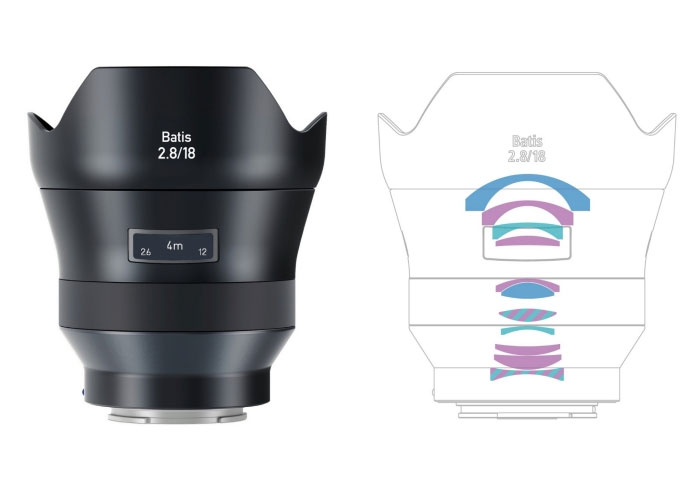

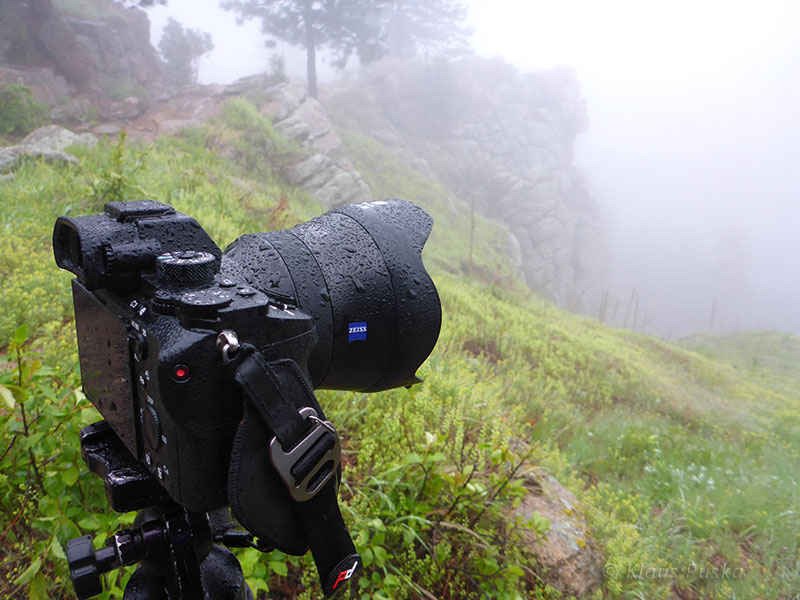
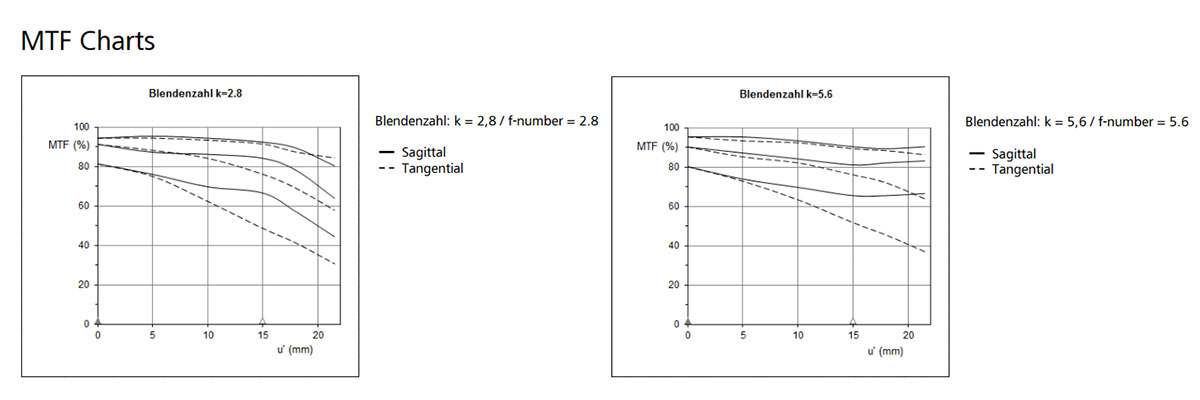
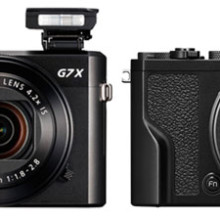
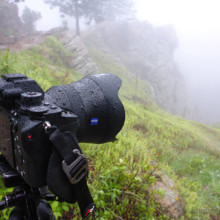
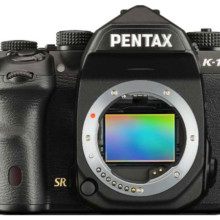
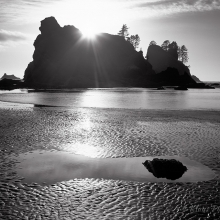
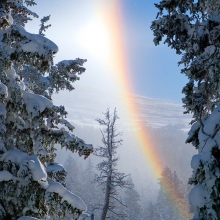
I enjoy this web site a lot, It’s actually good to read as well as learn more information.